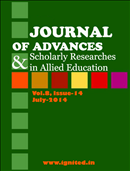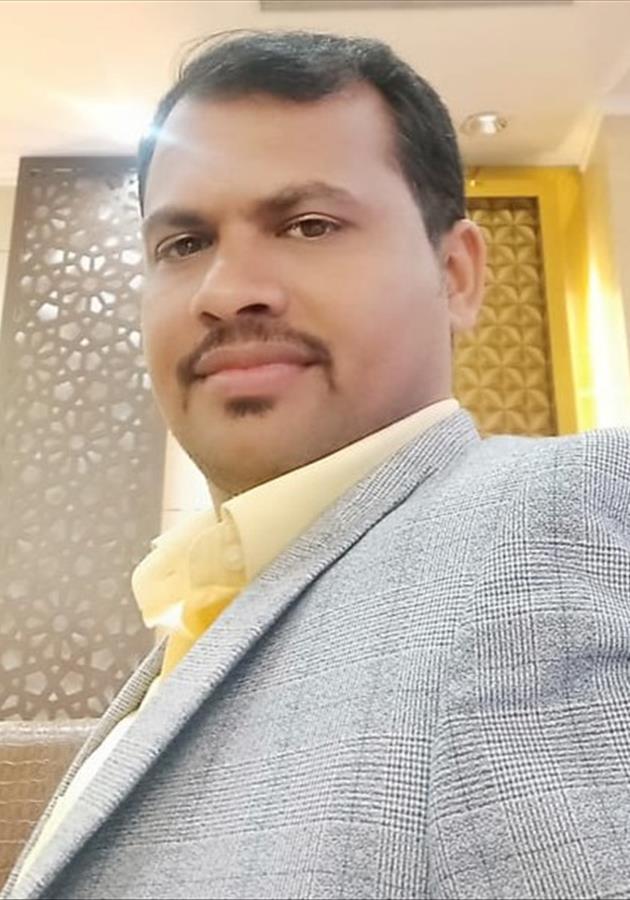Guru Shishya in Indian Oral Tradition of Music
Exploring the Unwritten Pathways of Indian Classical Music
Keywords:
Guru Shishya, Indian oral tradition, music education, classical music, raga, tala, notation, bandish, human brain, complexityAbstract
The oral tradition remains a unique testament to the capacity of the human brain to absorb, remember and reproduce structures of great complexity and sophistication without a system of written notation. As the research article is related, the researcher has written an oral tradition in the sphere of music. The teaching of classical music has primarily been oral. The raga and its structure, the intricate nuances of tala or rhythm, and the rendering of raga and tala as bandish or composition, are passed on from guru to shishya by word of mouth and through direct demonstration. There is no printed sheet of music, with notation acting as the medium, to impart knowledge. With the passage of time many institutes introduced music education, it also been part of syllabus. The article is all about the oral tradition in music sphere.Published
2014-07-01
How to Cite
[1]
“Guru Shishya in Indian Oral Tradition of Music: Exploring the Unwritten Pathways of Indian Classical Music”, JASRAE, vol. 8, no. 15, pp. 0–0, Jul. 2014, Accessed: Nov. 29, 2025. [Online]. Available: https://ignited.in/index.php/jasrae/article/view/5337
Issue
Section
Articles
How to Cite
[1]
“Guru Shishya in Indian Oral Tradition of Music: Exploring the Unwritten Pathways of Indian Classical Music”, JASRAE, vol. 8, no. 15, pp. 0–0, Jul. 2014, Accessed: Nov. 29, 2025. [Online]. Available: https://ignited.in/index.php/jasrae/article/view/5337











